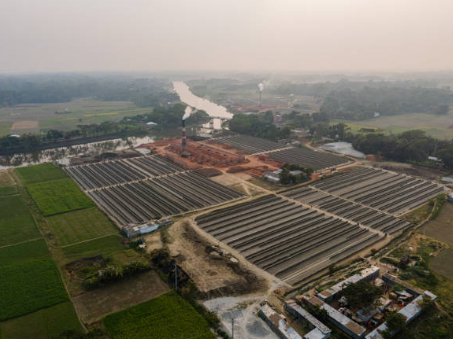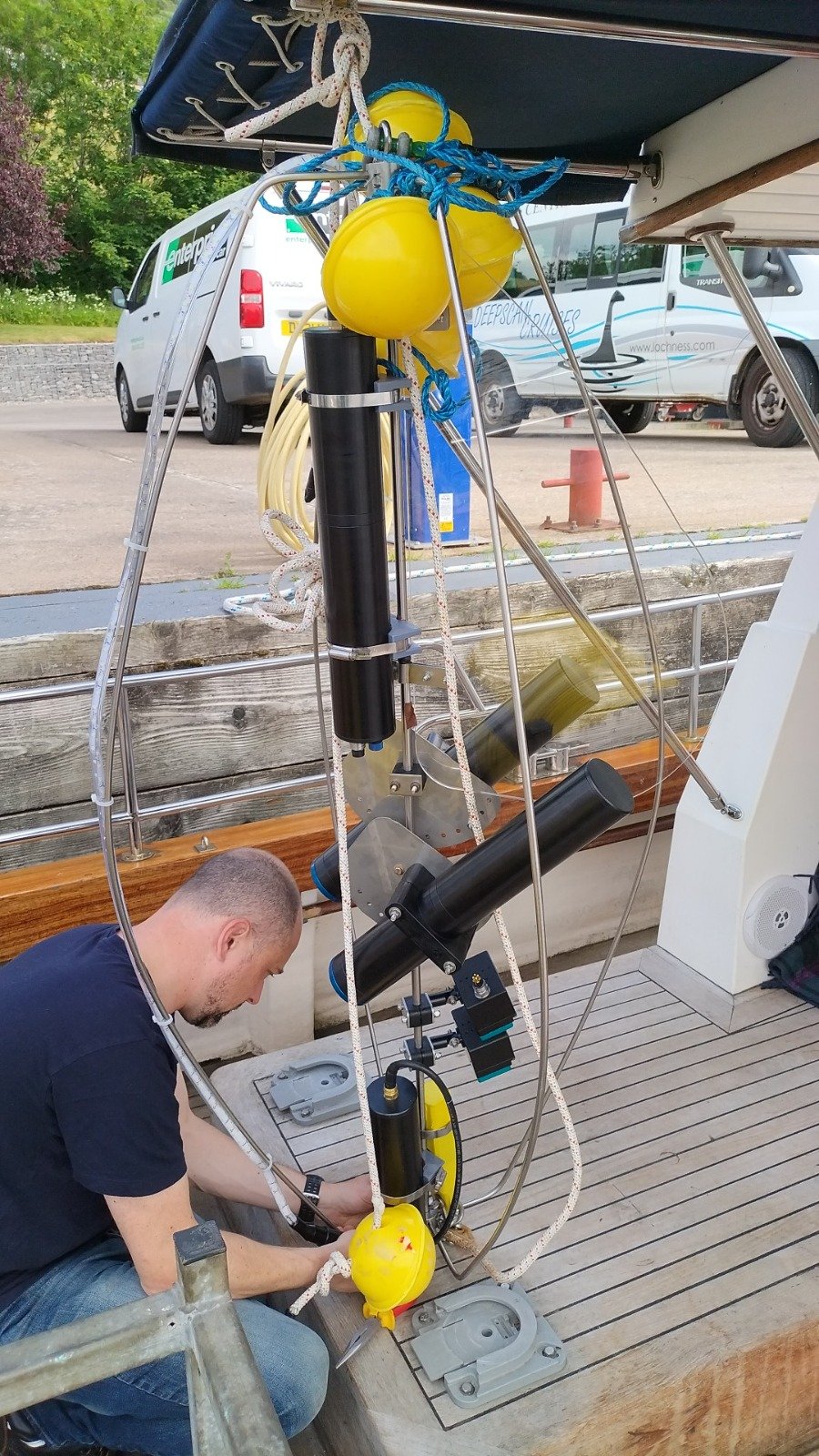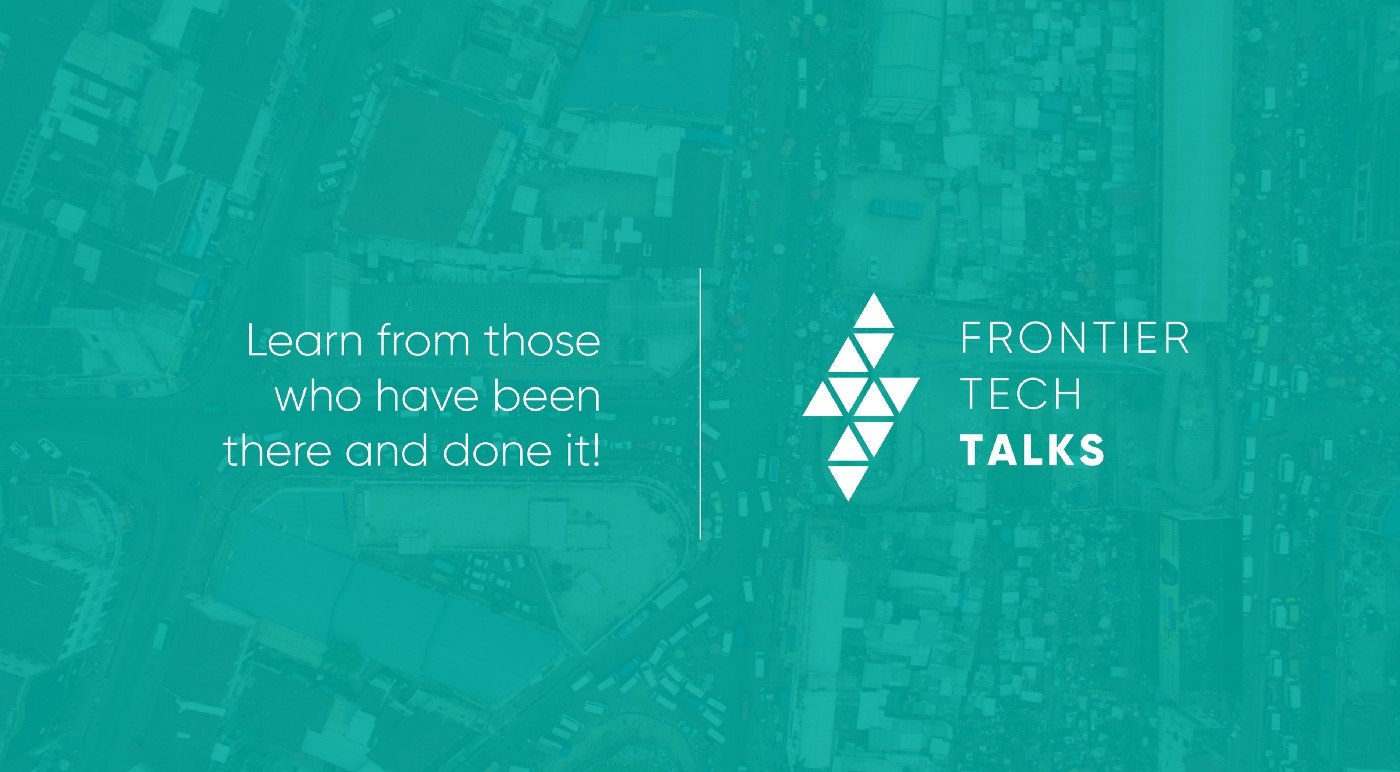Sensors
The term ‘sensor’ refers to devices that detect and signal changes in real-world variables. Sensor technology can be impactfully applied in many sectors due to the huge range of variables sensors can be designed to detect.
On this page you’ll learn about sensors in five quick sections. Here’s a rundown of what to expect👇🏽
-
We’ll start off with just enough information to help you demystify sensors: you’ll get a short introduction to sensors and five key facts to dip your toes in!
-
Here we’ll answer five questions you might be asking about sensors and define seven buzzwords so that you can start using them in conversation!
-
What can sensors actually be used for? The applications are almost limitless. In this section we’ll give you some concrete examples to explore. You’ll see that sensors can play key roles in overcoming development challenges!
Once you’ve explored some applications of sensors, jump into stories from our pilot portfolio, where they’re testing sensors in the field.
-
Evidence is at the heart of the Frontier Tech Hub, and we’ve collated insights from our portfolio and thought leadership from FCDO Pioneers in this section. Dig into our research to look deeper at how sensors can be used within FCDO programmes.
-
More resources, however you like to consume. We’ve created a playlist of podcasts, reports, articles and videos to continue your journey. There’s something for everyone.
Factfile
To understand sensors look no further than your own body! Your sensory organs (eyes, skin, ears, tastebuds, nose) function similarly to sensors. Both use physical variables like light or chemical variables like compounds in food to send signals to your brain.
The concept of a sensor is simple: sensors are devices that detect and signal changes in their environment. Sensors are tailored to their purpose. They are designed to track a specific measurement variable and emit a signal to indicate a change. Traditional thermometers are one of the oldest types of sensors. They are filled with liquids like mercury which are sensitive to temperature changes and signal them by changing volume.
The development of smart sensors adds complexity. Smart sensors not only detect specific changes in their environment and signal that change, but also continuously share this data with computer systems via wireless networks. Smart sensors are often connected with other sensors and devices connected to the internet. This data provides insight into real-time conditions of systems so that action can be taken to solve problems or improve efficiency. These sensors are essential to the Internet of Things - but more on that later!
Sensing technology is a diverse frontier technology. It has many potential applications, especially when smart sensors work together to understand an environment from different perspectives. Frontier Tech Hub has already helped FCDO advisors test sensor solutions in seven different contexts, and it only takes a little learning to see the potential for sensor technology and the Internet of Things in the world of development.
Five key facts about sensors
Fact 1: Sensors are all around us!
Sensors surround you in your everyday life; from smartwatches, and smoke alarms to motion-sensitive lights all contain sensors.
Fact 2: Sensors are essential to smart places and devices.
Without sensors, we would have no smart home assistants or thermostats. However, as smart technology develops and the Internet of Things emerges sensors are becoming even more integral to our daily lives. For example, smart homes keeping an eye on the safety and health of older members of our community are gaining prominence.
Fact 3: There are numerous different types of sensors.
We can categorise sensors by the variables they detect: physical, chemical, or biological. Another way to distinguish between sensors is whether they are active or passive. Active sensors give off signals like light or sound and measure that signal’s reflection. Passive sensors detect signals emitted from a source, like infrared radiation from people’s bodies.
Fact 4: Sensors are increasingly accessible to citizens.
As technology improves sensors are getting smaller, cheaper and more accurate. Sensors are often used in industry or science but increasingly even smart sensors are affordable for citizens. Some citizens are using air quality sensors to measure pollution in their community!
Another way sensors are entering communities is through smart devices, for example, in smart home technology which might detect when we go to bed and initiate our front door to lock.
Fact 5: As with all technologies, we should deploy sensors with care.
We already use sensors daily but as they, and IoT become a more integral to our lives, we should think carefully about why we use them and the kinds of data they collect. Some smart sensors may collect audio or visual data that could compromise privacy. Functions in smart homes that are supposed to act as security measures might also be vulnerable to cyber-attacks.
If you’re completely new to sensors, we would recommend taking these three quick steps first:
Explore the section of YOKOGAWA’s website explaining sensing technology and its applications
Questions and Buzzwords
-
Sensors are small devices but look different depending on their function. To observe changes in their environment they each have points of contact where they detect a variable, like light.
Sensors integrated in the IoT must be miniature, wireless, contain a micro processing unit, and be very robust to survive in harsh conditions where they might be required.
-
Sensors are powerful tools because they gather real-time data. For example, to measure water quality we no longer need to take random samples and transport them to a lab for testing. Sensors make it possible to continuously gather data about the water quality in situ. This means we can know immediately if the water is polluted and act fast.
-
The Internet of Things (IoT) is a network of devices, objects and spaces all connected to the internet. A few years ago, only computers and phones accessed the internet but now objects like speakers, lights, cars and appliances are connected too. Data is shared within the IoT and we can interact remotely with devices and spaces.
Smart sensors are essential to the Internet of Things. They are the infrastructure of the IoT and gather the real-time, real-wold data which is shared between devices.
-
Industry 4.0 is the name given to a so-called fourth industrial revolution. Industry 4.0 is supposedly beginning currently and is characterised by industry ruled by robots, automisation, digitisation and efficiency. Smart sensors and the IoT are considered necessary to promote the efficiency of industry 4.0 through data.
FAQs
This is an example of a sensor: a wearable fabric microphone that can detect sound vibrations and convert them into electrical signals. It could be used to monitor heart rate!
Master 6 key buzzwords
Three last things before we move on
📺 The problem of vaccine spoilage - and a smart sensor to help
Technologist and TED Fellow Nithya Ramanathan describes how smart sensors placed in fridges that store medical supplies can provide crucial, real-time data and ensure people get the life-saving care they need. (6 minute watch)
📘 Internet of Things definition
Explaining the IoT in simple terms supported by examples you might be familiar with. (Short read)
📺 IoT: beyond the smart gadgets
This talk presents a novel way to view IoT; it asks listeners to see IoT as not just about building smart gadgets, but rather, about building an infrastructure that can support the development of future applications that could change the world. (15 minute watch)
Functionality
What is possible using sensors?
Three last things before we move on
Oceanographer John Delaney is leading the team that is building an underwater network of high-def cameras and sensors that will turn our ocean into a global interactive lab - sparking an explosion of rich data about the world below. (20 minute watch)
📘Impact of Industry 4.0 on environmental sustainability
An article exploring the debated implications of Industry 4.0 on environmental sustainability by exploring different potential emerging scenarios. (Long read)
📺 Applications in the developing world - how can smart sensors save lives?
Dr. Robert Pepper gives examples of how smart sensors can support health in development. (2 minute watch)
Explore stories from the pilot portfolio, testing sensors in the field
Three last things before we move on
📺 Architecture that senses and responds
With his team at SENSEable City Lab, MIT's Carlo Ratti makes cool things by sensing the data we create. He pulls from passive data sets to create surprising visualizations of city life. (15 minute watch)
📚 Addressing the challenges of using smart sensors in smart places
This article addresses why sensors are essential to smart places, how they could be vulnerable to attack and how engineers could help prevent this. (Short read)
🎧 The vest that can hear your heartbeat
A podcast episode discussing a smart sensor ‘microphone’ which can be woven into clothing and used to monitor health. (27 minute listen)





















